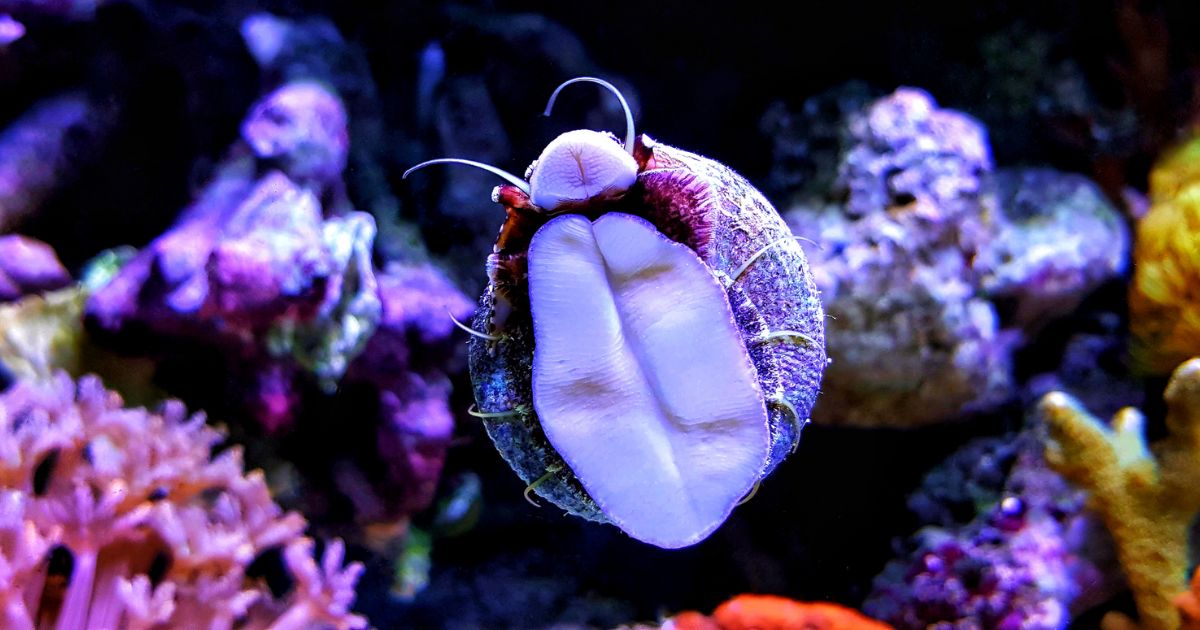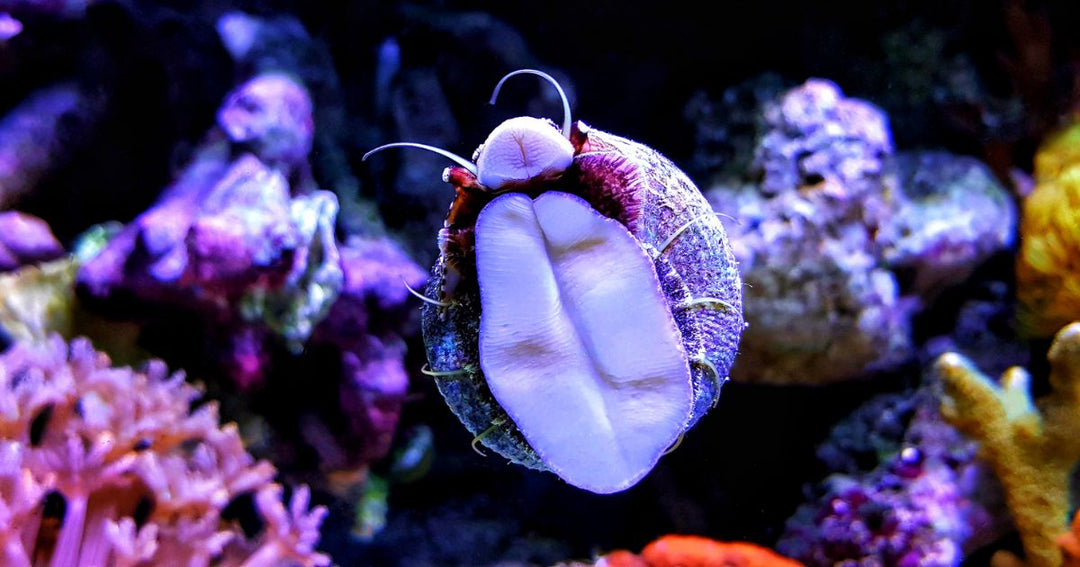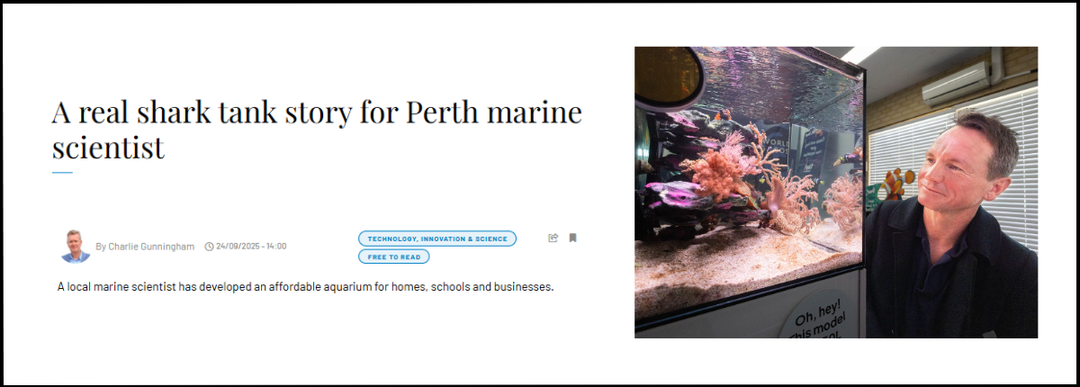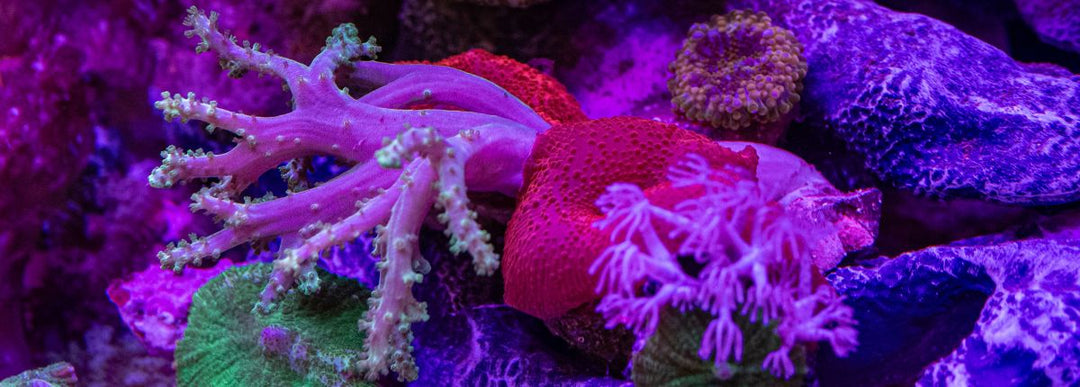It All Rests on the Little Guys – Snails and the Health of Your Aquarium

With all the modern automation built into the Living Ecosystem Aquarium such as automated feeders, smart filtration and monitoring, it is easy to assume the technology is doing all the work. But the truth is, the stability and beauty of the whole system actually relies on the smallest animals in the tank: the snails. They may not draw attention like fish or coral, but everything depends on them quietly doing their job in the background.
The Real Workhorses of the System
When snails are active, algae stays under control, leftover food is removed before it has a chance to rot, and the aquarium keeps that clean, polished look that makes it feel like a display tank rather than something that needs constant work. When they disappear, often without being noticed, the problems begin quietly. A tank that once looked effortless can suddenly start to show dull rock surfaces, fine hair algae and brown or red slime on the sand, simply because the snails are no longer there to maintain it.
Two Types of Snails, Two Essential Jobs
The clean-up crew in the Living Ecosystem Aquarium is made up of two types of snails working together. Our Algae Grazing Snails Trochus and Astrea move across the rocks, sand and glass, grazing on algae and keeping the surface clean.

Scavenging Keeper Zombie Snails are keepers that live in the sand, constantly turning the substrate, eating leftover food and stopping waste from settling and breaking down. One type keeps everything you can see looking polished, the other works within the sand to keep the foundation healthy and stable. Both are essential, and one cannot replace the work of the other.

When a Snail Dies and Why It Is Easy to Miss
The tricky part is that a dead snail still looks like a snail. The shell does not change, so it is easy to miss. Once a snail dies, it stops cleaning and instead begins to break down, quietly releasing nutrients back into the water. Those nutrients feed algae, especially hair algae, and suddenly the balance starts to shift. We often say that if your aquarium suddenly looks like maintenance, it is usually because the snails have stopped doing theirs.
Checking Snail Health
The simplest way to keep things on track is to check for movement. A healthy snail grips and glides. A snail that sits in the same spot without attaching is likely gone.
Why We Use Aquacultured Snails Only
We only supply aquacultured snails from trusted partners. These snails are hardy, adapted to aquarium life, disease-free and ready to work immediately. They settle better than wild-caught snails and are perfectly suited to the Living Ecosystem Aquarium. They help maintain both aesthetic and biological balance with minimal intervention.
When to Restock Your Clean-Up Crew
If you notice algae building up on the rocks, a film starting on the glass or the sand looking still and compact, it does not always mean something is wrong. But it is a good moment to stop and check whether your clean-up crew is still present. Snails are often the first line of maintenance, and when they quietly disappear, the visual changes begin soon after.
We keep a steady supply of hardy, aquacultured snails ready to go, so if your crew needs reinforcement, you can visit our Invertebretes section in the e-shop or reach out and we will help you restock.
In the end, we maintain the tech, the tech maintains the water, but it is the snails that maintain the beauty.










